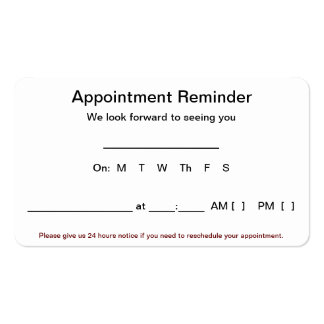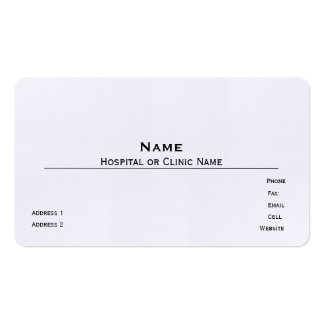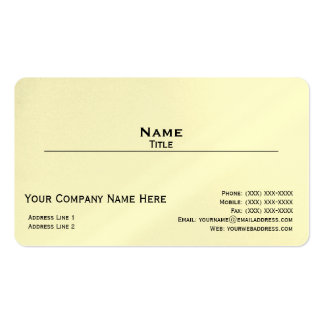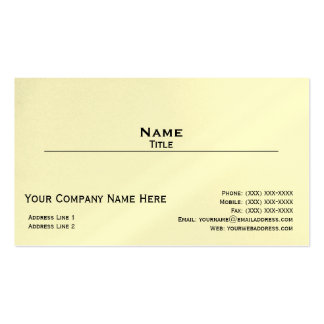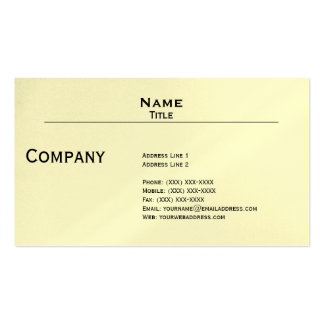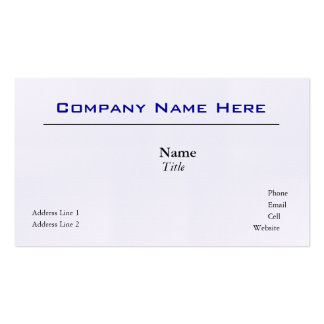“Together we can accelerate the growth of LinkedIn, as well as Microsoft Office 365 and Dynamics as we seek to empower every person and organization on the planet.”
— Microsoft CEO Satya Nadella
By now you’ve surly seen the headlines. Over the past few weeks the Internet has been exploding with news detailing the Microsoft – LinkedIn merger. Officially announced through the Microsoft blog on June 13, “Microsoft Corp and LinkedIn Corporation on Monday announced they have entered into a definitive agreement under which Microsoft will acquire LinkedIn for $196 per share in an all-cash transaction valued at $26.2 billion, inclusive of LinkedIn’s net cash.”
This is largely celebratory news, especially for executives at LinkedIn because the company has been struggling as a standalone brand for some time. In February, the organization watched its shares plummet by a crippling 43 percent over the course of a single day. Yet despite that, Microsoft was willing to pay a 50 percent premium on the company’s shares, roughly valued at $131. Make no mistake, tensions are also on high as various studies have pointed out that the failure rate of mergers and acquisitions is typically between 70 percent and 90 percent.
LinkedIn’s shares skyrocketed after the announcement, but Microsoft did not enjoy the same fortunate upturn; its shares fell by approximately 3.6 percent in pre-market trading. Moody’s rating agency put Microsoft’s Aaa rating under review and is considering it for a downgrade following the merger. The reason for this review is because of Microsoft’s decision to purchase the social network entirely in cash instead of using shares in the company. This has ultimately forced Microsoft to take on more debt, and therefore, go under review.
Yet despite the complications, there is still much buzz and excitement — the acquisition is one of the single biggest tech mergers to ever take place in the industry. For Microsoft, it blows all others out of the water. Previous mergers with Yammer, Skype and Nokia pale in comparison to the $26-billion figure brought forth by the tech company. Even Facebook’s purchase of WhatsApp for $22 billion is topped by the recent merger. And now Microsoft has solid footing in the world of social media; no small feat.
Under the terms of the deal, which was partially revealed in an e-mail sent out to Microsoft staff by the company’s CEO, Satya Nadella, LinkedIn will retain its “. . . distinct brand and independence, as well as their culture. . .” The e-mail carried on to divulge the vision for the future of the companies.
This bring us to the ultimate question for the merger: How does this acquisition impact online business as we know it?
How the Merger Changes Online Business
Considering that Microsoft Office and many of its other services are utilized by millions of business professionals across the planet, the implications of integrating the benefits of the largest professional social network to ever exist are massive.In Nadella’s e-mail to Microsoft employees, he stated, “This deal brings together the world’s leading professional cloud with the world’s leading professional network,” and that, “We are in pursuit of a common mission centered on empowering people and organizations. Along with the new growth in our Office 365 commercial and Dynamics businesses this deal is key to our bold ambition to reinvent productivity and business processes.”
He continued by saying, “Think about it: How people find jobs, build skills, sell, market, and get work done and ultimately find success requires a connected professional world. It requires a vibrant network that brings together a professional’s information in LinkedIn’s public network with the information in Office 365 and Dynamics. This combination will make it possible for new experiences such as a LinkedIn newsfeed that serves up articles based on the project you are working on and Office suggesting an expert to connect with via LinkedIn to help with a task you’re trying to complete.”
The merging of Microsoft and LinkedIn could completely transform the dynamic of work relationships and professional networks. Nadella and LinkedIn CEO, Jeff Weiner, proposed some of these possibilities in a conference call to investors. A few of these examples were that Office and Outlook could potentially keep LinkedIn profiles up-to-date and current, LinkedIn newsfeeds could pull from a person’s Calendar for a more personalized experience, or that Cortana could sift through an individual’s LinkedIn network to generate a brief about upcoming meeting attendees.
These are only a few of the potential possibilities. As Nadella stated, “As these experiences get more intelligent and delightful, the LinkedIn and Office 365 engagement will grow. And in turn, new opportunities will be created for monetization through individual and organization subscriptions and targeted advertising.”
With LinkedIn integrating into Microsoft Office, the content served to an individual could be catered to the field, job title, or project the person is working. LinkedIn and Office could both become much more capable than they are today. And the end user is who receives the most benefit.
While the deal is not exactly official as of this moment, it is expected to be finalized by the end of the calendar year. The board of directors from both companies have “unanimously approved” the deal, yet shareholders have not had their voices heard. If something were to go awry in the proceedings, LinkedIn would have to pay Microsoft a $725 million termination fee, so it seems that it is in the company’s best interest to make sure things move forward smoothly. And no matter if this merger turns out to be a triumph or tragedy, it will no doubt go down in the history books as one of the biggest tech deals ever made.
Are you excited for the Microsoft – LinkedIn merger? What other applications do you foresee for the professional platforms?


